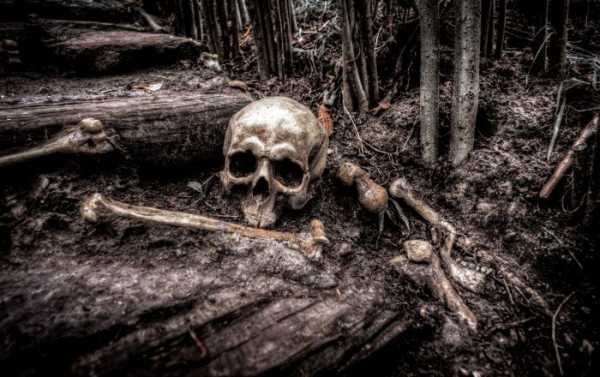
As far back as in 1885 human bones were discovered in the wall of a church in Folkestone, Kent County, England, with no one sure of their origin or who they belonged to.
Recent scientific studies seem to have solved a mystery surrounding human remains discovered as far back as in 1885 in the wall of a church in a south coastal English town, stating with a degree of certainty that the bones belonged to Saint Eanswythe, who lived in the 7th century AD, reported The Guardian.
Revealed at an event at St Mary and St Eanswythe’s on 6 March, the findings by a team of experts are the result of analysis carried out since January this year, following a grant from the National Lottery Heritage Fund.
A collaboratory effort on the part of local archaeologists and experts from Kent together with scientists from Queen’s University Belfast used radiocarbon dating technology to study the skeletal remains.
The lead container of human remains had presented a mystery since it was discovered in an alcove by workers renovating the parish church of St Mary and St Eanswythe, in Folkestone, Kent County, England.
Comprising almost half a skeleton, the remains were assumed to belong to saint Eanswythe, the granddaughter of Ethelbert, the first English king to convert to Christianity, while there was no possibly way of verifying the claim.
Saint Eanswythe, patron saint of Folkestone, is believed to have founded one of the first monastic communities in England sometime around AD660, dying a few years later, while still quite young.
The mystery persisted until the recent studies finally seem to have offered a credible solution.
The team of experts set up a temporary laboratory in the church, which was closed for several days for the study to proceed.
After carbon-dating bone fragments and teeth, the experts determined they hailed back to the 7th century AD, with some fragments sent on to Belfast for further confirmation, which also came back positive.
A report in The Guardian states the remains “came from one person, probably female, probably aged between 17 and 20, and with no signs of malnutrition, so potentially a person with high status”.
Stephen Hoper, an expert who oversaw the radiocarbon dating, is quoted by Kent Online as confirming:
The Guardian quoted Andrew Richardson, of the Canterbury Archaeological Trust, as saying:
Richardson added:
Further scientific analysis of the bones is expected in the near future, including establishing DNA, after which issues of housing and display will be resolved.
Sourse: sputniknews.com
0.00 (0%) 0 votes


































